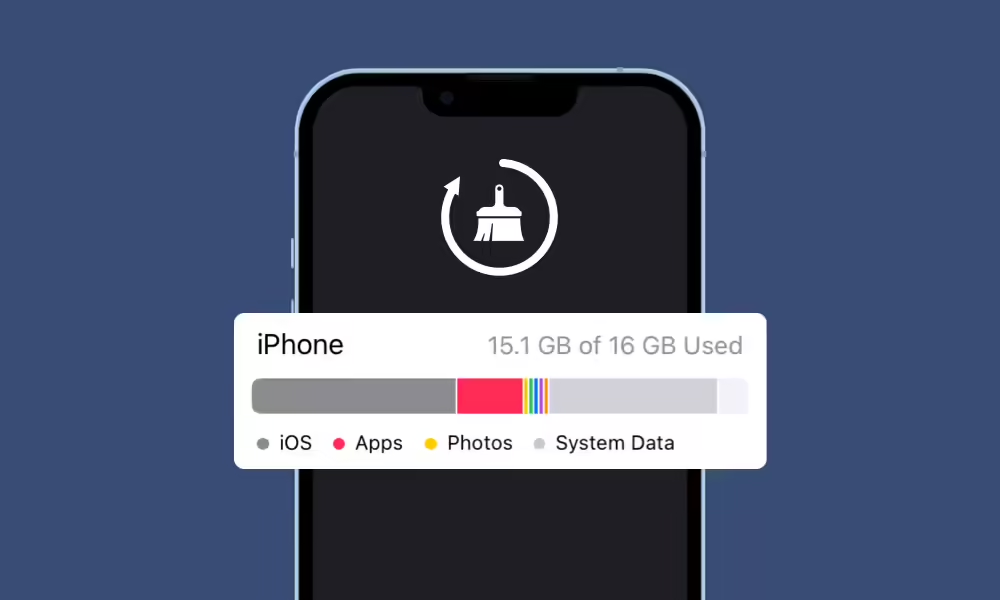
Initially marketed as a "mobile phone and a breakthrough internet communicator," the iPhone has transformed into an indispensable tool for everyday life, storing everything from cherished memories and important contacts to entertainment and work-related materials. However, as the amount of data stored on iPhones continues to increase, storage capacity has become a persistent issue. According to a 2015 survey, over 40% of iPhone users ran out of storage space at least once a month. Although the latest iPhone 14 Pro offers up to 1 TB of space, the problem remains. This is because System Data, a default category that can consume all available storage if left unattended, can take up a significant portion of an iPhone's storage. To free up space, let's examine what System Data contains and how to clear it from your iPhone.
What causes the iPhone's System Data to occupy a considerable amount of storage space?
To fully comprehend how to clear System Data on an iPhone, it is beneficial to first explore its origins and why it can lead to low storage space warnings. Prior to iOS 15, System Data was referred to as "Other," but besides the name alteration, everything else appears to be unchanged.
But what exactly is System Data in iPhone storage? According to the definition within iOS, system storage "includes caches, logs, and other resources currently in use by the system." This type of storage is the most challenging to manage since it encompasses a wide range of miscellaneous data residing on an iOS device.
If you're curious as to why your System Data occupies a significant amount of space, here are the primary culprits:
System files, which are utilized by iOS and not owned by a specific app. For instance, new fonts or Siri voices are included in this group because they aren't assigned to a specific app or the operating system itself.
Temporary files, which are stored in System Data temporarily and deleted when iOS no longer requires them.
Logs and website caches, such as website logins, pre-loaded websites for faster browsing, and autofill URLs.
Caches for streaming media, which iOS preserves to ensure uninterrupted playback, and which can consume a significant amount of storage space.
As time goes on, iPhones and iPads tend to accumulate more System Data due to their tendency to store cache, making them behave like actual hoarders of data.
